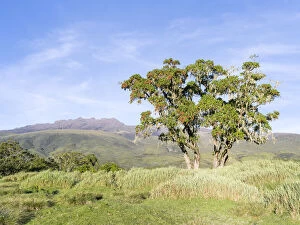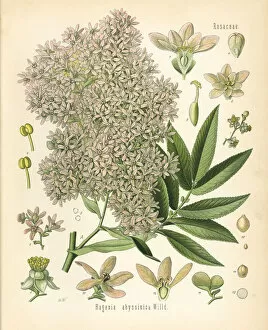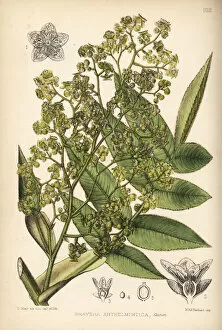Kousso Collection
Kousso, also known as Hagenia abyssinica, is a traditional medicinal plant native to East Africa
All Professionally Made to Order for Quick Shipping
Kousso, also known as Hagenia abyssinica, is a traditional medicinal plant native to East Africa. Used for centuries by various cultures in the region, it has been valued for its ability to treat parasitic infections such as tapeworms. The dried flowers of the kousso plant are typically ground into a powder and consumed orally as a treatment for intestinal parasites. The active ingredient in kousso, called kosin or hagenine, works by paralyzing the worms and causing them to be expelled from the body. Although effective in treating certain types of parasitic infections, kousso should only be used under the guidance of a healthcare professional due to potential side effects and toxicity concerns. In some cases, excessive doses can lead to nausea, vomiting, diarrhea, and even more serious complications. Despite these risks, many people continue to rely on kousso as a natural alternative to conventional medications for parasite infestations. Its long history of use in traditional medicine speaks to its enduring popularity and perceived effectiveness among those who seek out natural remedies.










